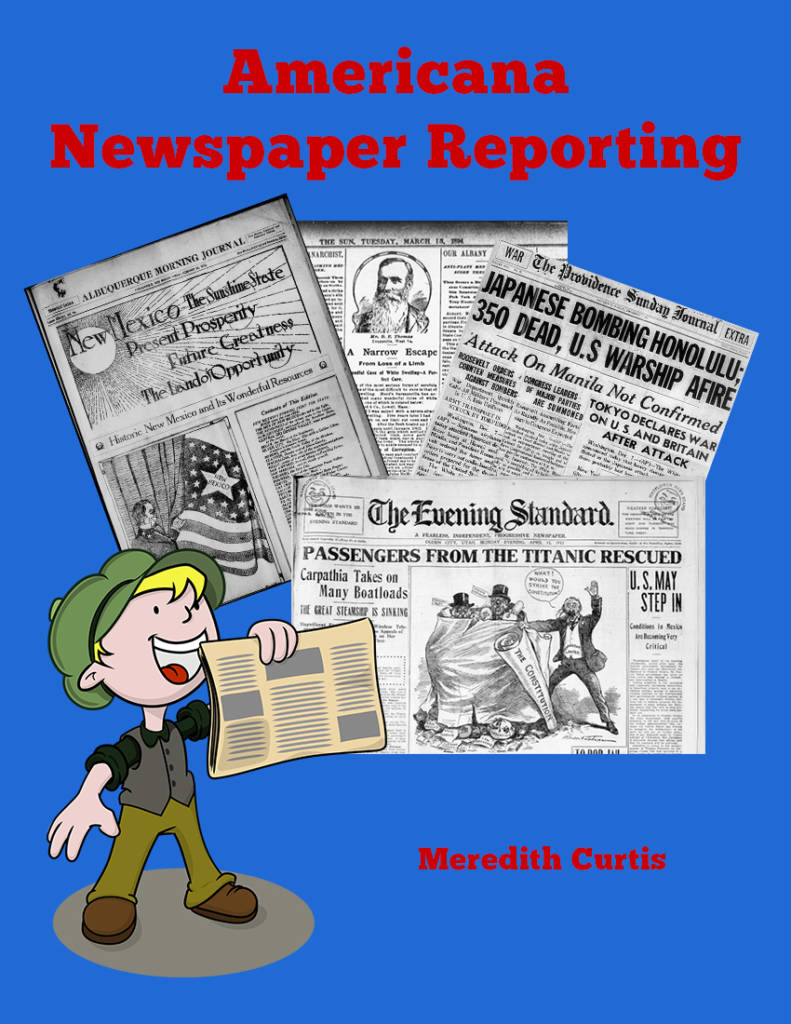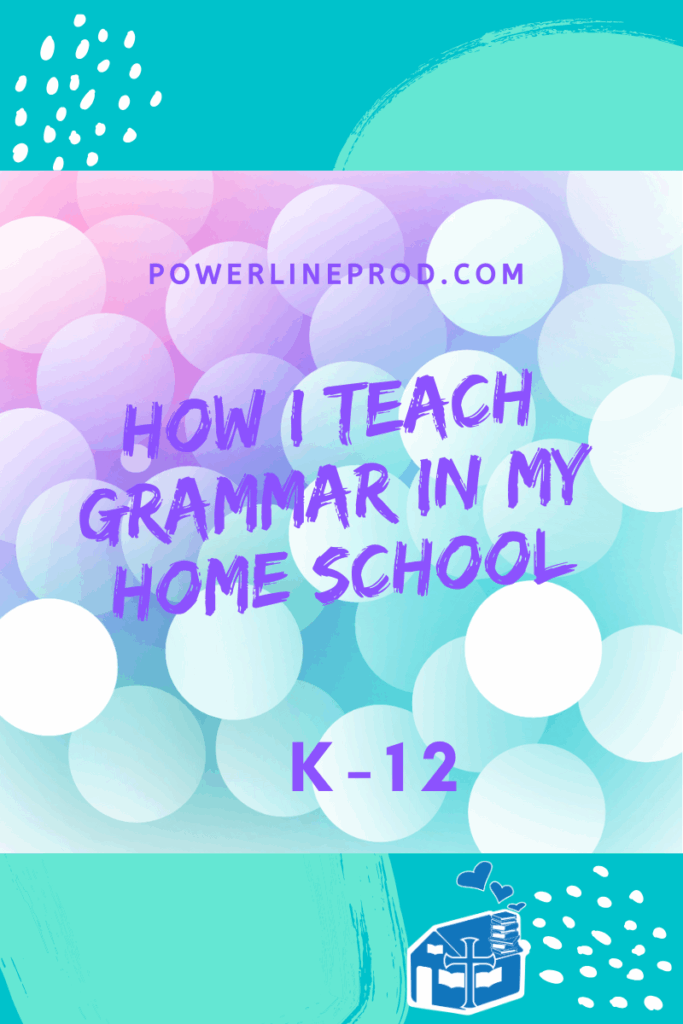No two children are alike, but I’ve found a flexible plan to teach grammar that has worked for all my kids from Kindergarten to high school graduation!
You see, I’m not a big grammar fan–it seems boring and hard to remember, so I had to find a way to teach my children and learn along with them. Of course, I tried to never show my secret dislike of grammar to my children and funny thing is, now I like it! I think like most people I learned in a way that confused me so teaching grammar to my own children has helped me understand and appreciate it!
My grammar plan is super-easy and just makes sense to me. I’ll share it with you and you can see what you think. Maybe it will work for you, too, or at least give you some ideas for grammar in your own home school.
When I talk about grammar, I’m referring to the basics of sentence structure and parts of speech. Grammar teaches our kids where to place commas, when to use an exclamation mark instead of a period, and how to combine 2 shorter sentences to make one longer one.
Here is my plan in a nutshell. I use reading to help my children learn to recognize grammar principles passively. We also go over grammar in a natural way when we rewrite writing papers. From approximately third grade to sixth grade (8/9 to 11/12), I use a variety of grammar programs to introduce them to grammar in different ways. In middle school, I take two years to teach grammar intensively with Easy Grammar and Easy Writing. In high school, we review grammar with daily grams–1 page per week.

Reading
Reading introduces grammar, spelling, and vocabulary to children passively. That’s why reading well-written books is so important! I realize that as my children read classic literature and living books, they are learning to recognize correct grammar. This causes them to notice when something doesn’t “feel right” in a sentence or paragraph. Reading helps children learn grammar from the moment they hear books read aloud until graduation.

Writing
Writing is the golden opportunity to teach grammar in a practical way as situations arise.
“This sentence doesn’t have a complete thought, honey. Remember when we learned that sentences start with a capital letter, end with a punctuation mark, contain a noun and a verb, and have a complete thought.” We then discuss grammar as it pertains to sentences. When children are crafting and rewriting their papers, I like to explain why they need to change things.
My children are not the type that can hear something once and retain it. They need the extra math problems to remember math concepts and they need additional instruction in grammar to remember all the rules. That is why we do grammar every year for several years.

Check out all our English courses here.
Third through Sixth Grade
Sometime around third grade, I introduce grammar and make sure
that every year is different. That way they are learning it from various
slants inside a unique package.
Here are some of my favorite grammar programs for elementary years:
Grammar Songs by Kathy Troxel is a fun and lively way to learn grammar with singing!
Editor in Chief from the Critical Thinking Company let’s children pretend to be newspaper editors correcting errors in articles, letters, and stories.
Fix-It Grammar by Pamela White is another fun curriculum where students get to edit
Winston Grammar by Paul R. Erwin is amazing! This hand’s-on program is perfect for tactile and kinesthetic learners!

Seventh to Eighth Grade
Seventh and eighth grade are the years I really hone in on grammar. I use Easy Grammar by Dr. Wanda C. Phillips and Easy Writing by Dr. Wanda C. Phillips.
I love the way Easy Grammar starts with prepositions and prepositional phrases at the beginning and teaches children to look at the sentence without the prepositional phrase. I think prepositional phrases confuse most grammar students and this approach is really helpful! Easy Grammar covers everything my kids need to know about grammar before high school graduation. After this course, my goal is to help them remember it all.
The second year of intensive grammar, I use Easy Writing by Dr. Wanda C. Phillips which covers grammar as it relates to sentence structure. Another amazing book! I love the depth this curriculum goes into with complicated sentences!

High School
In high school, my teens just review all that they’ve learned with Daily Grams by Dr. Wanda C. Phillips. With 1-2 pages a week, it doesn’t add much time to their busy schedules, but it does remind them of all the grammar they already know. This keeps them ready for the SATs and ACTs.

Grammar Rock
I can’t talk about grammar without mentioning Grammar Rock! When I was a little girl, I would watch Saturday morning cartoons and Daddy would make pancakes for breakfast. Grammar Rock songs were commercials in the middle of the shows. I still can remember these songs. I have had my children and homeschool co-op students listen to these basic grammar songs on YouTube. They are catchy and explain basic grammar clearly–great for review!
Well, that’s it! Grammar K-12. Every family finds a plan that works for them and I hope this inspires you. I’d love to hear what you do to teach grammar in the comments below.
God bless you!
Warmly,
Meredith Curtis
